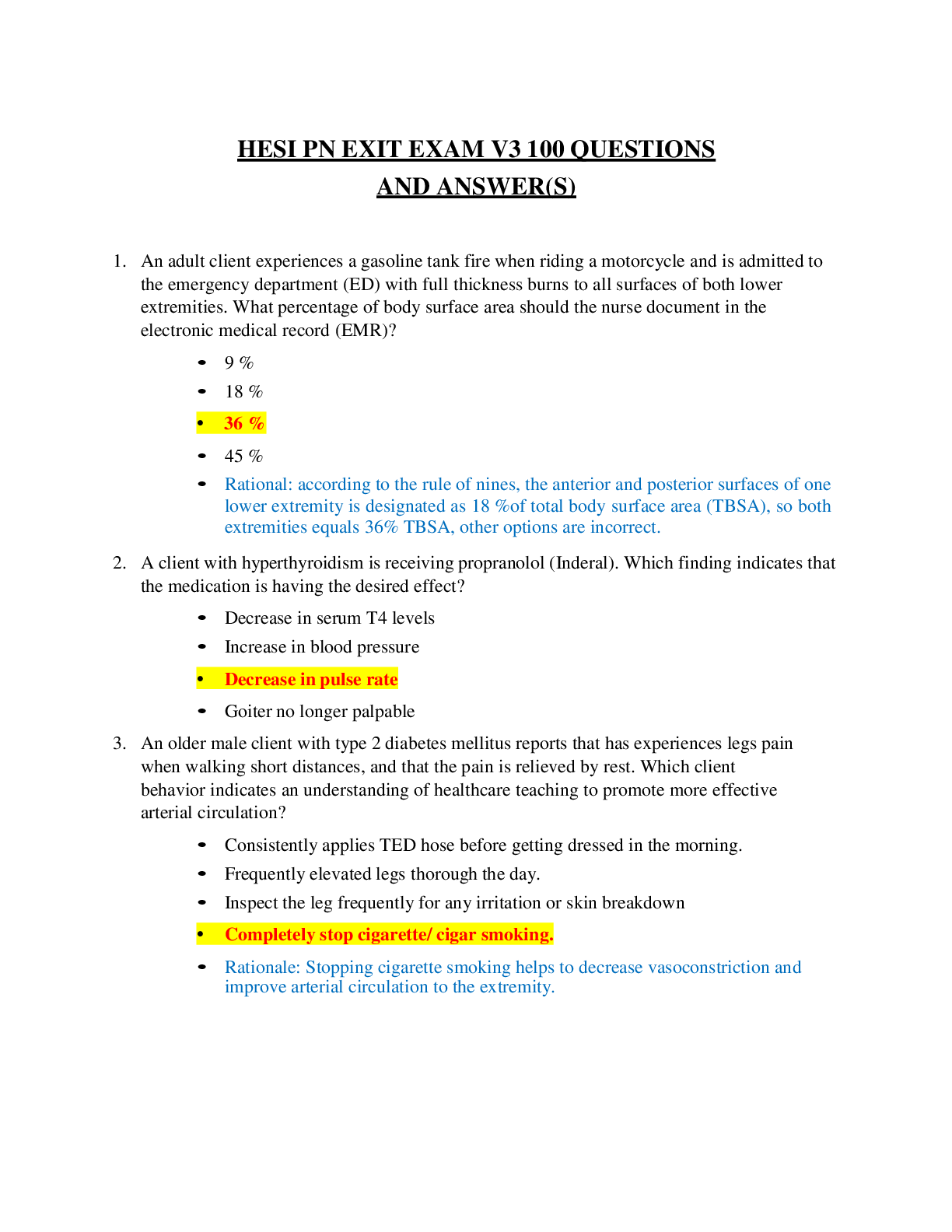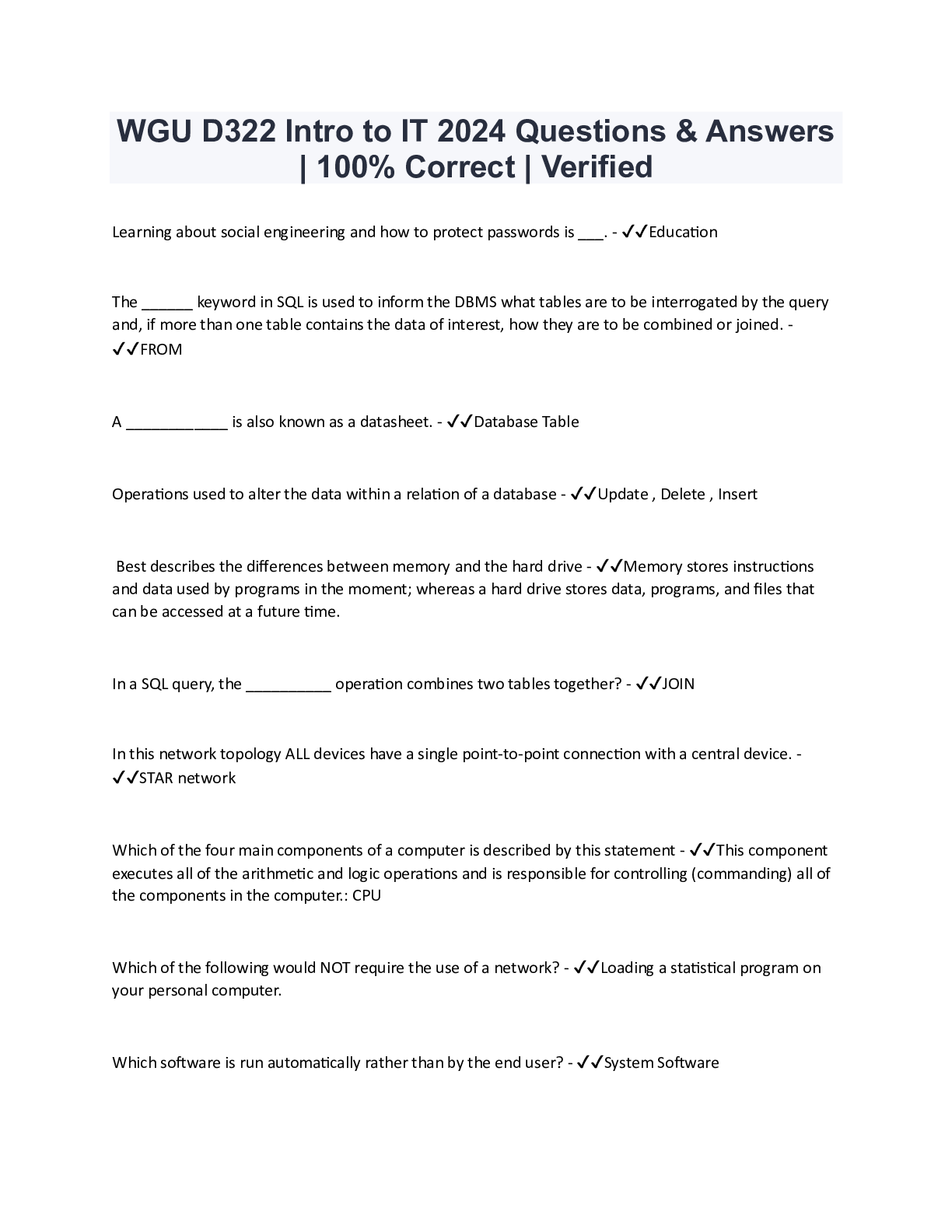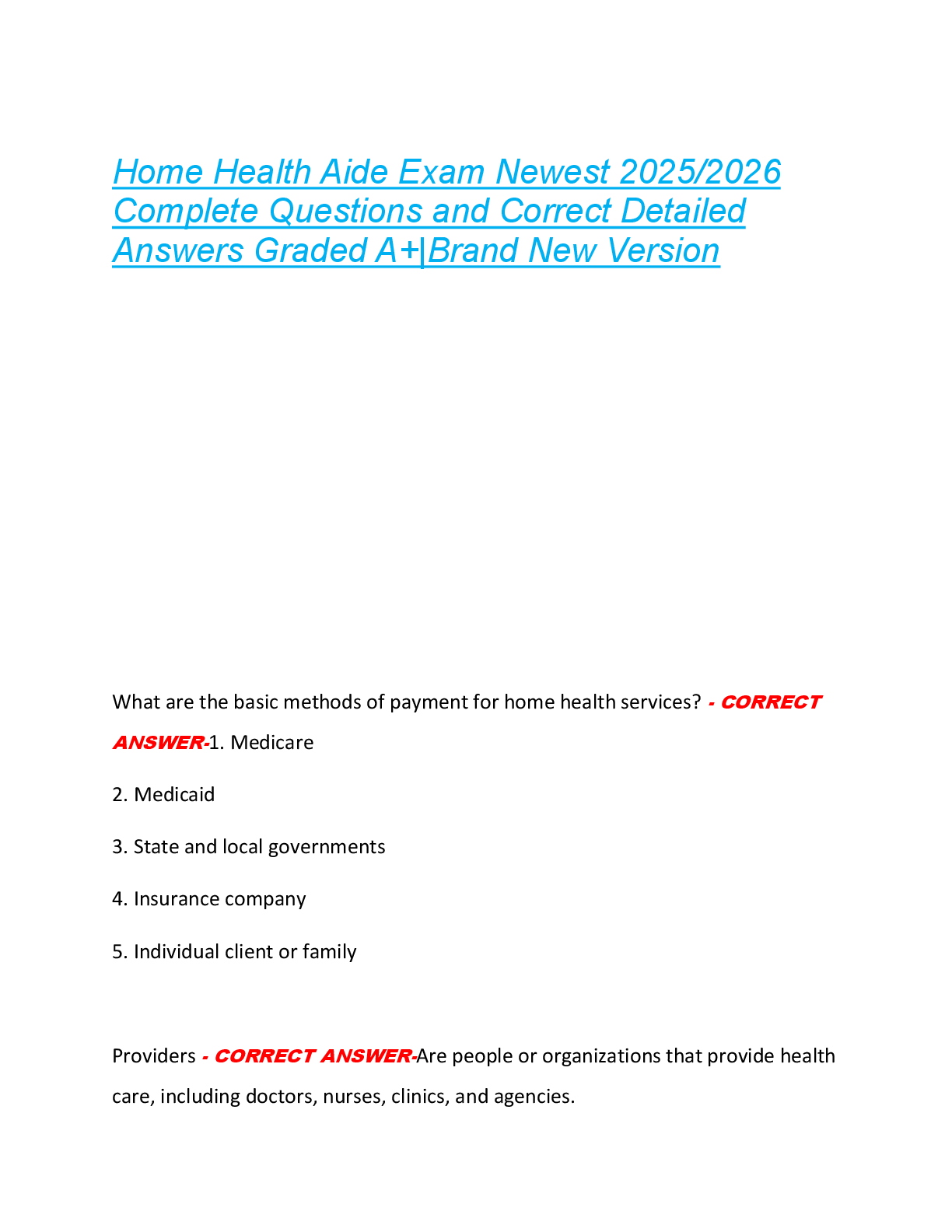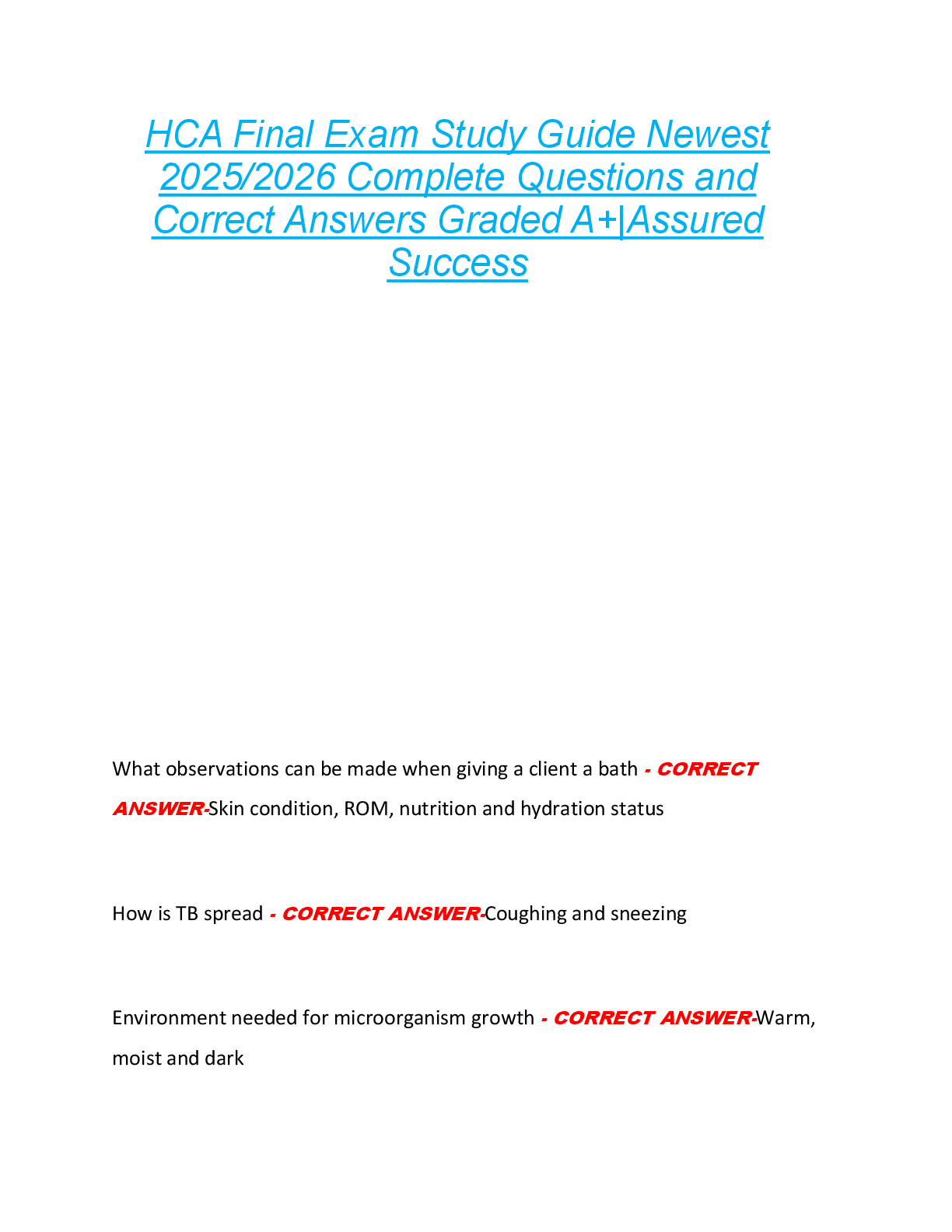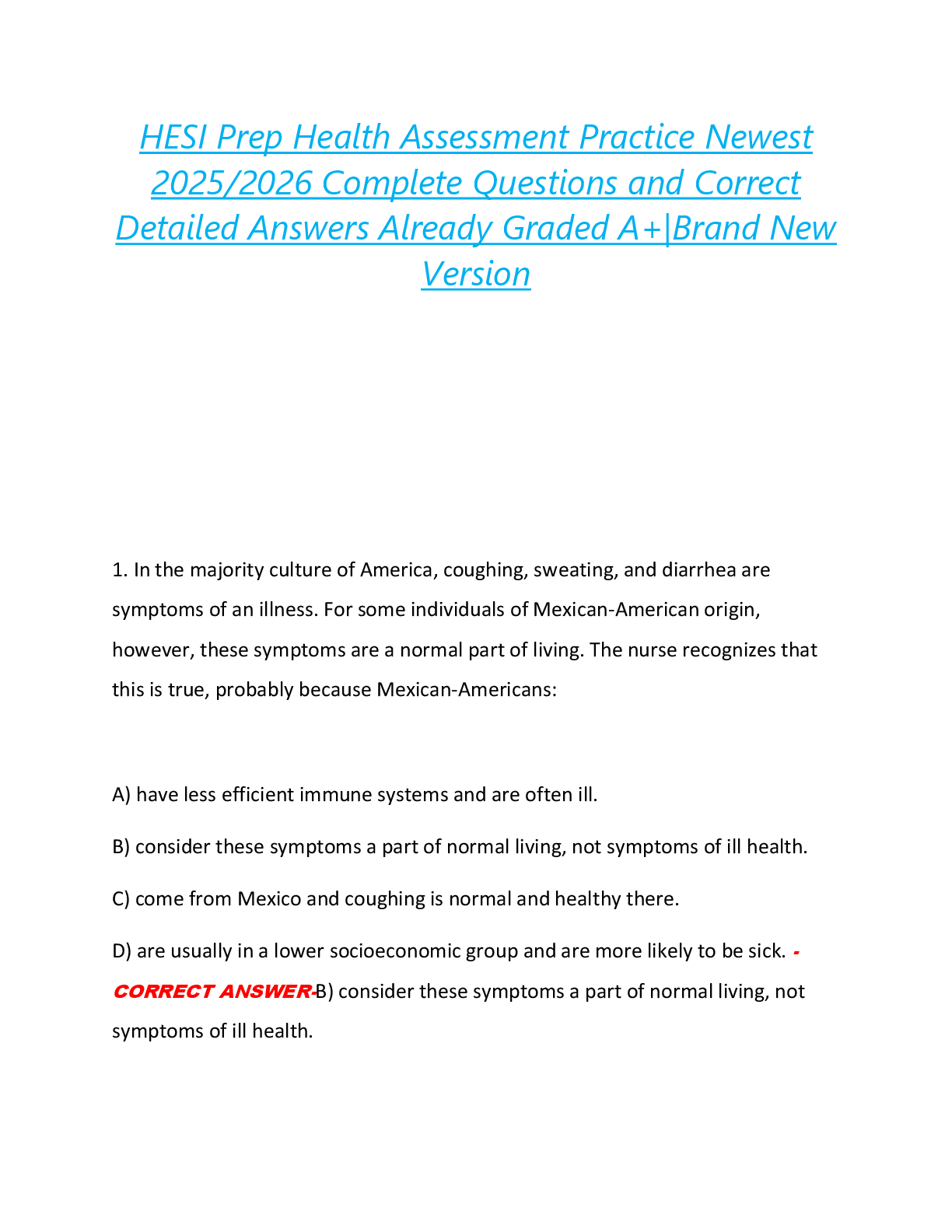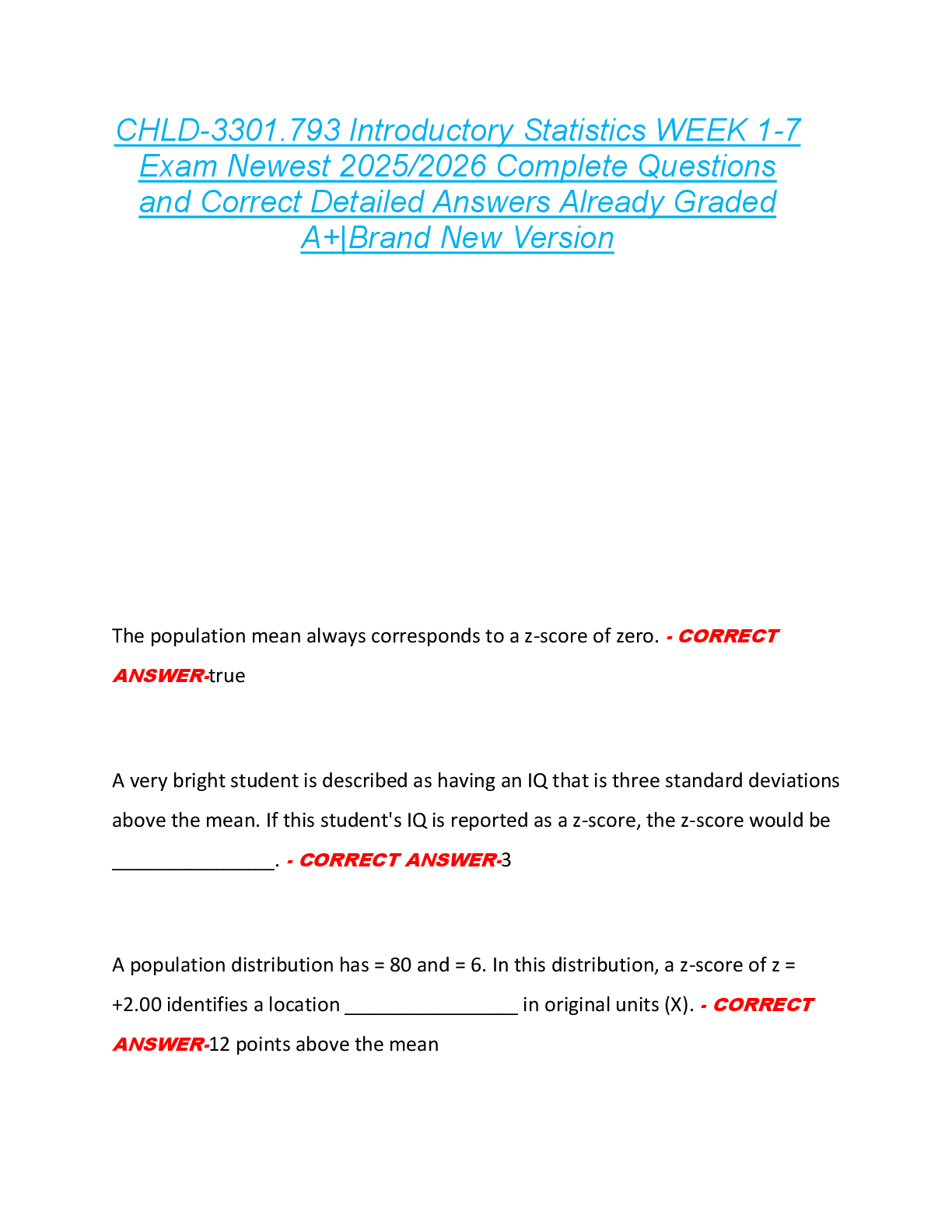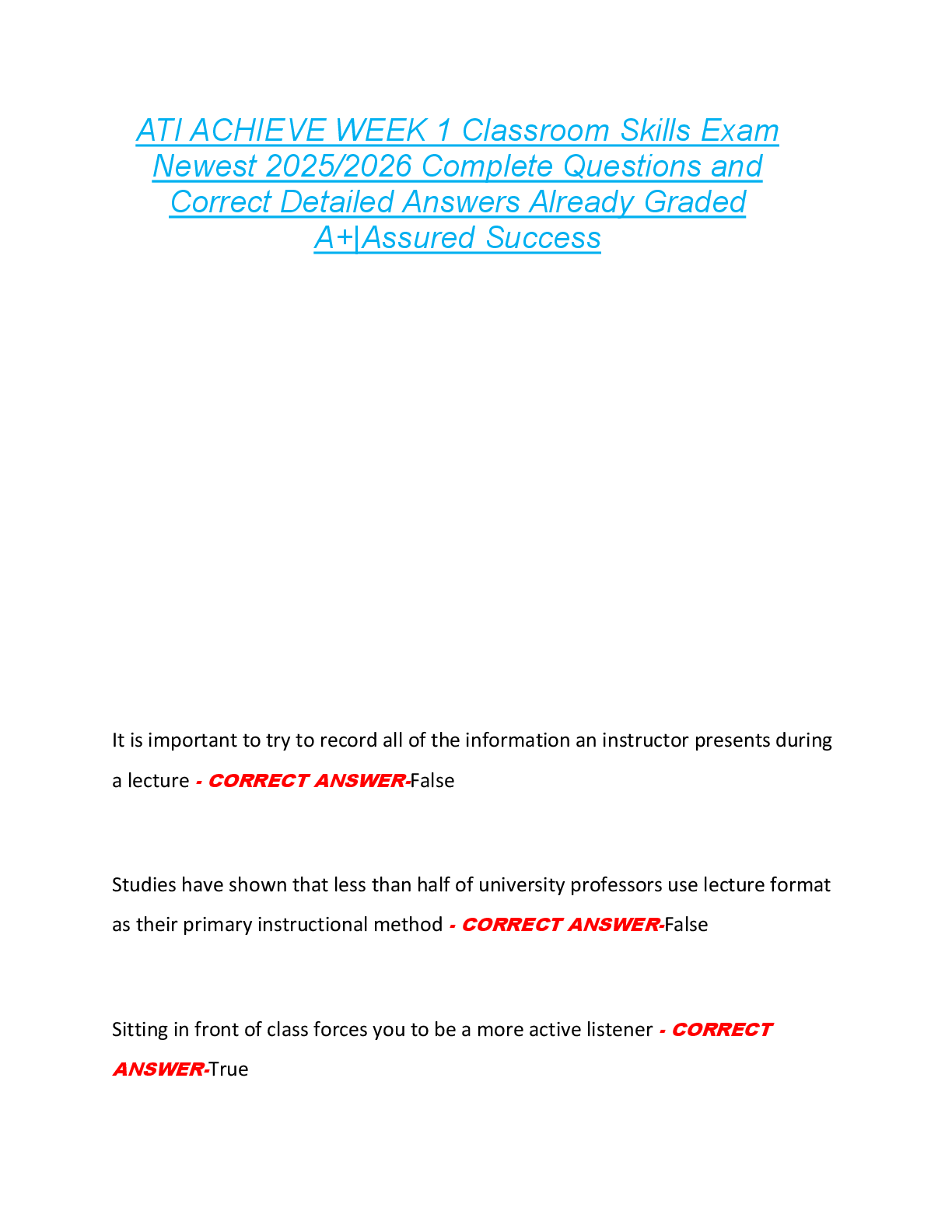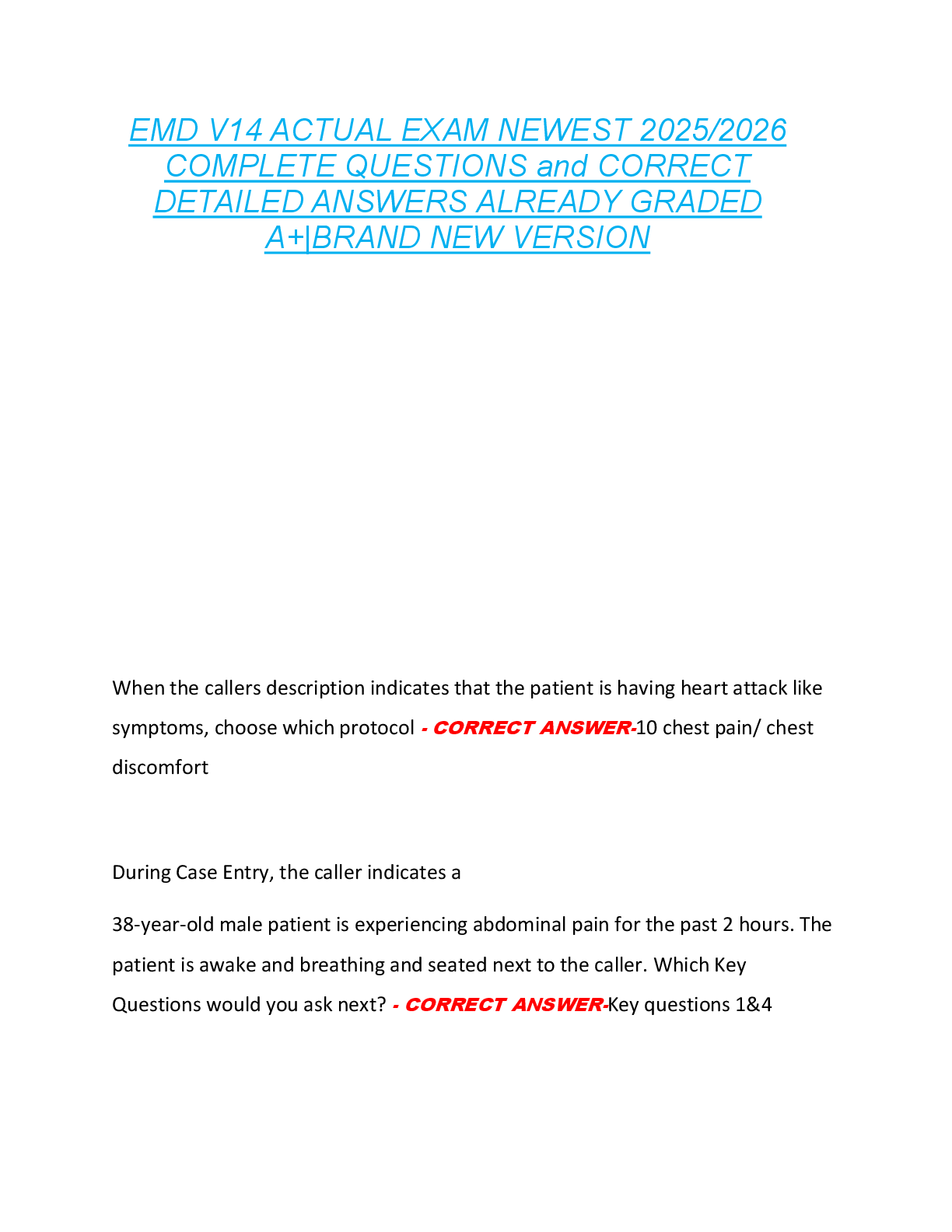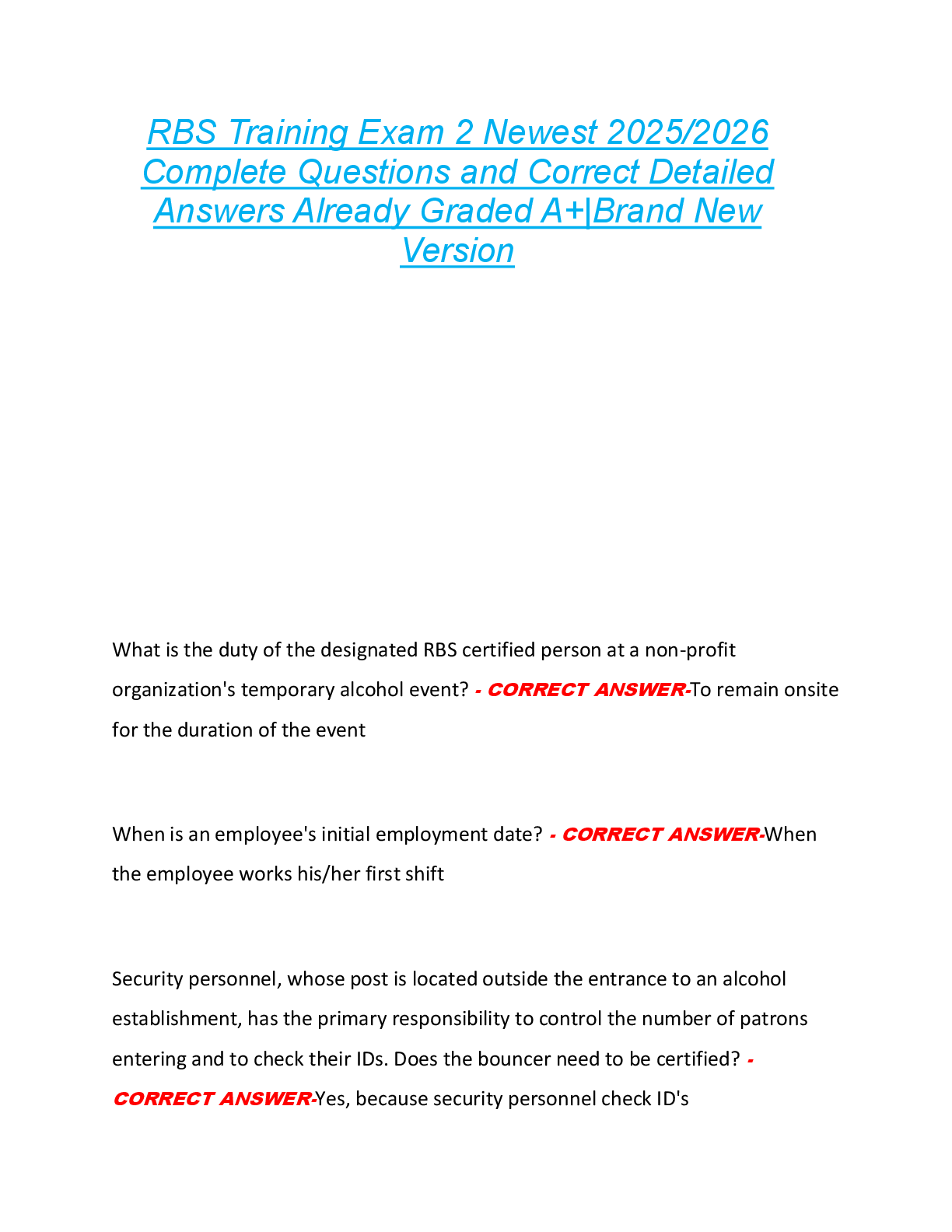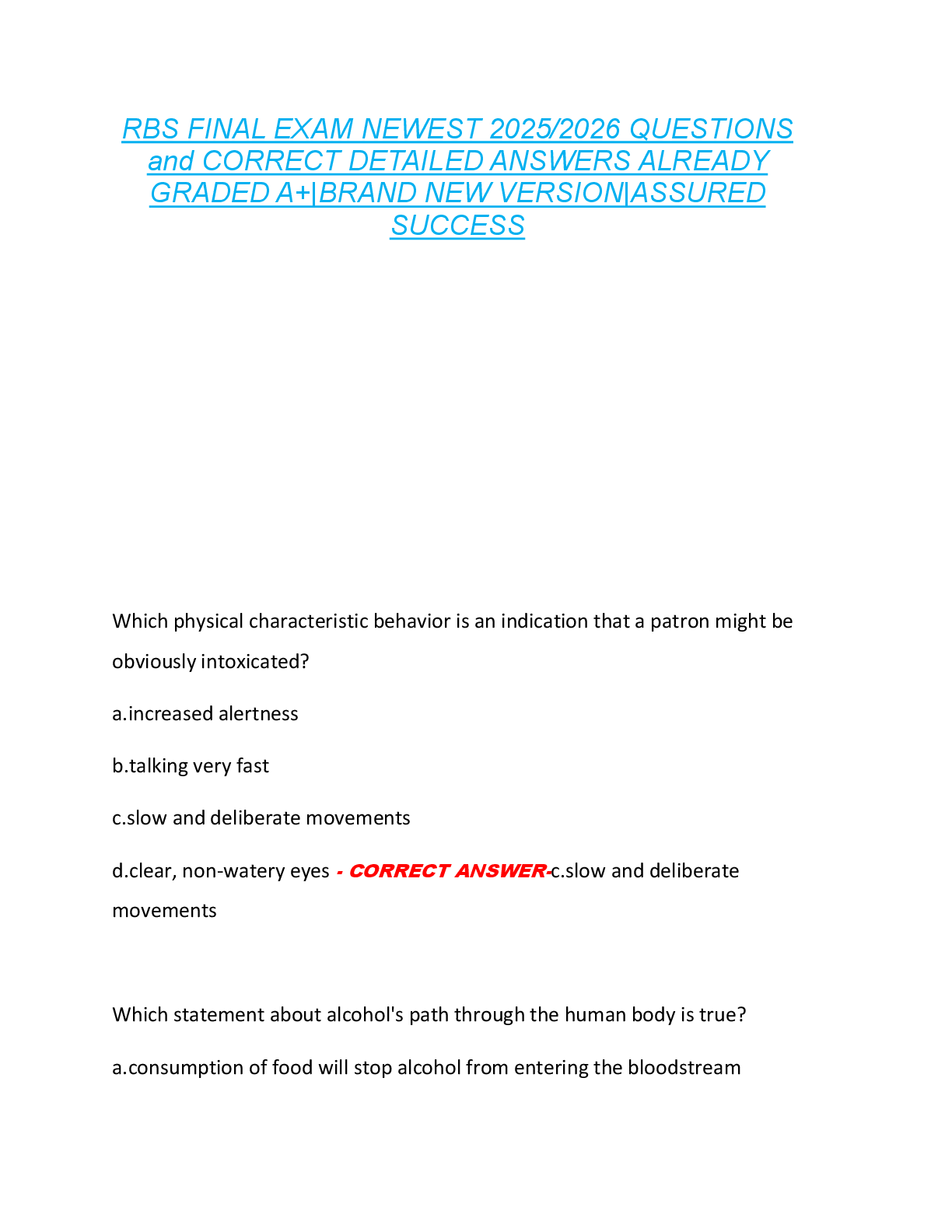 (1).png)
> Interchange GCE Biology A H020/01: Breadth in biology Advanced Subsidiary GCE Mark Scheme for Autumn 2021
$ 5.5
.png)
> GCE Mathematics A H230/02: Pure Mathematics and Mechanics Advanced Subsidiary GCE Mark Scheme for Autumn 2021
$ 10
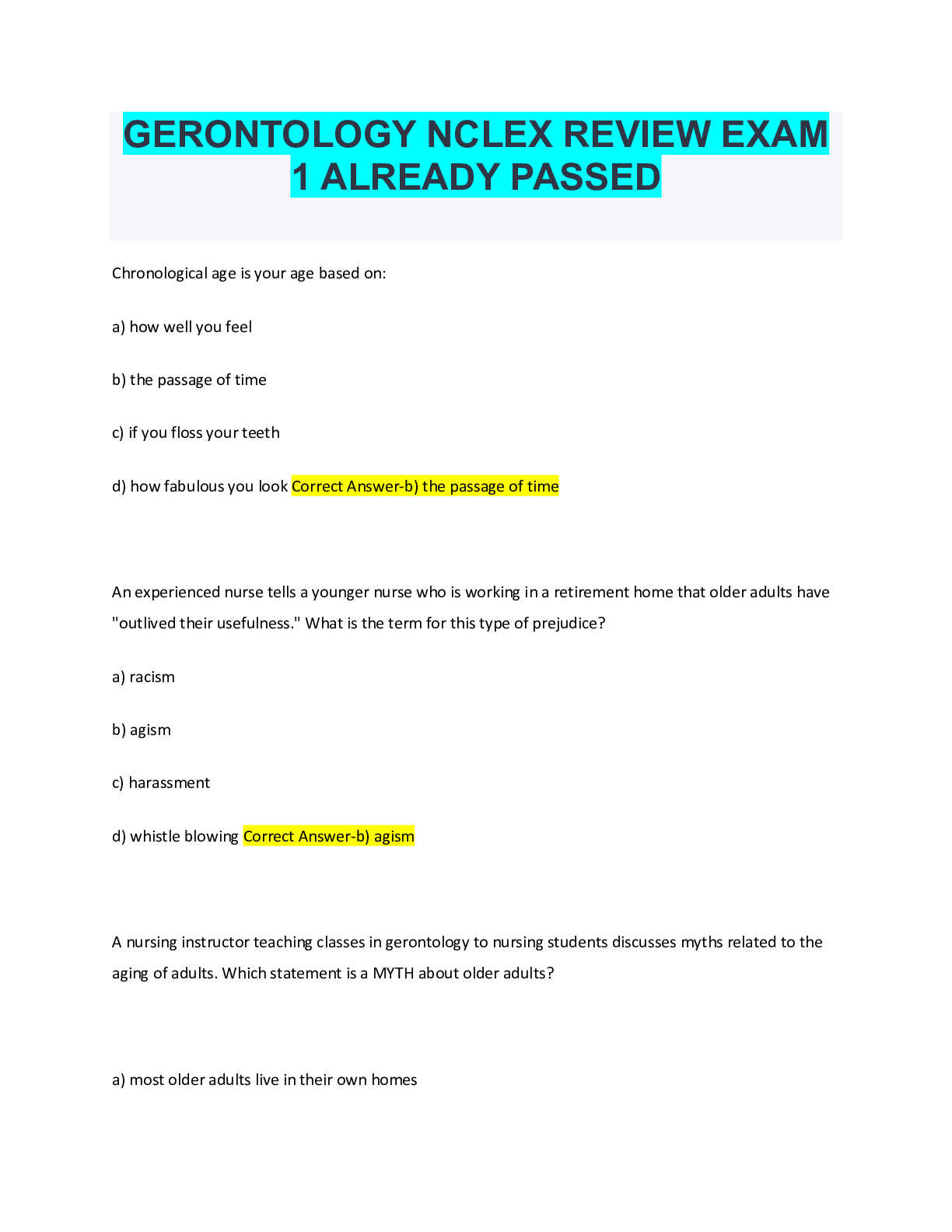
GERONTOLOGY NCLEX REVIEW EXAM 1 ALREADY PASSED
$ 6

ACLS Exam Version B 2020-2021 questions with answers
$ 12

Leadership Practice Assessment II Questions And Answers 2022
$ 11
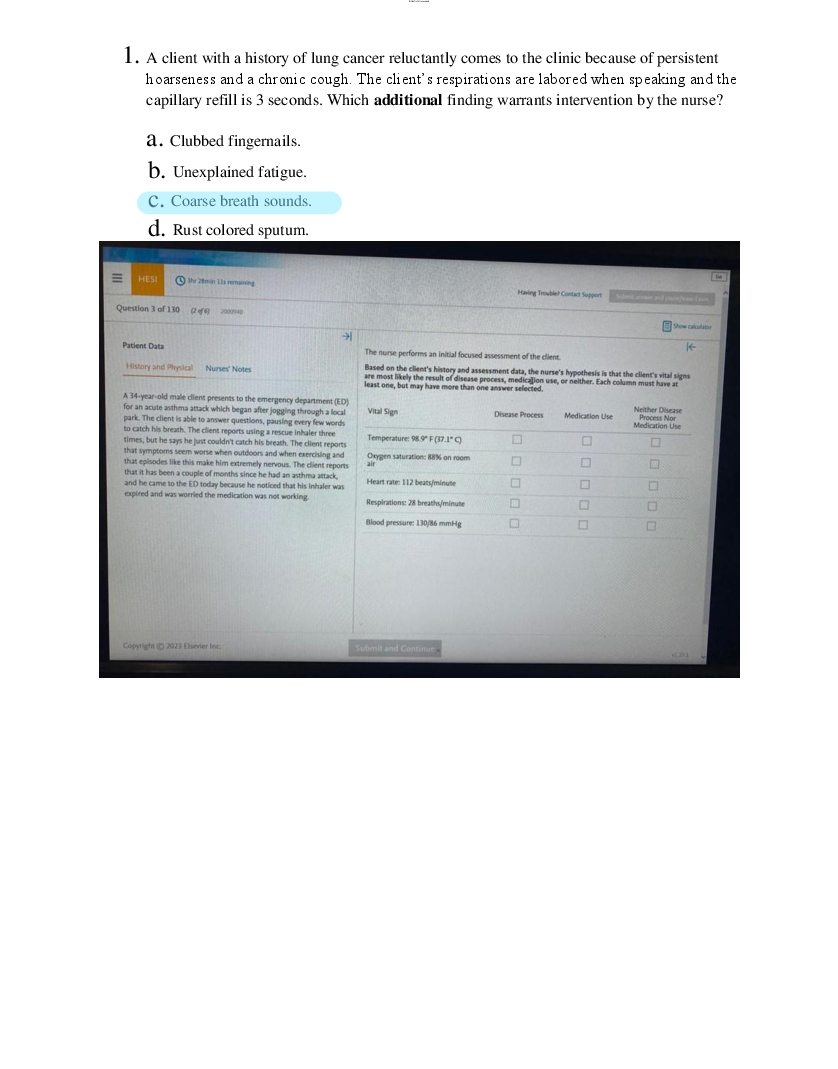
HESI RN Exit Exam (2025/2026) – Complete 160-Question Review Pack with Verified Answers & Screenshots | Top-Rated A+ Solution
$ 70
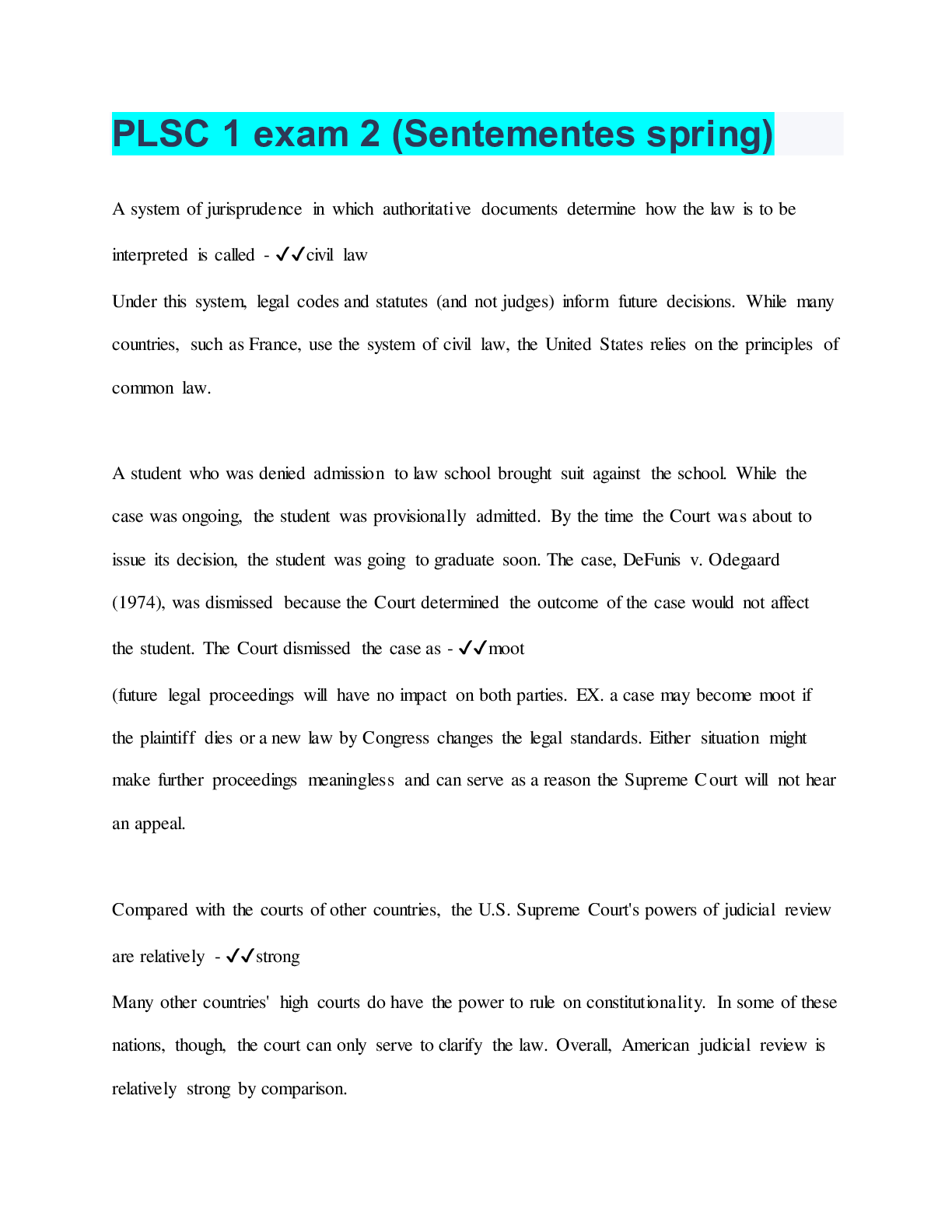
PLSC 1 exam 2 (Sentementes spring) | 159 Questions with 100% Correct Answers | Verified | 36 Pages
$ 18
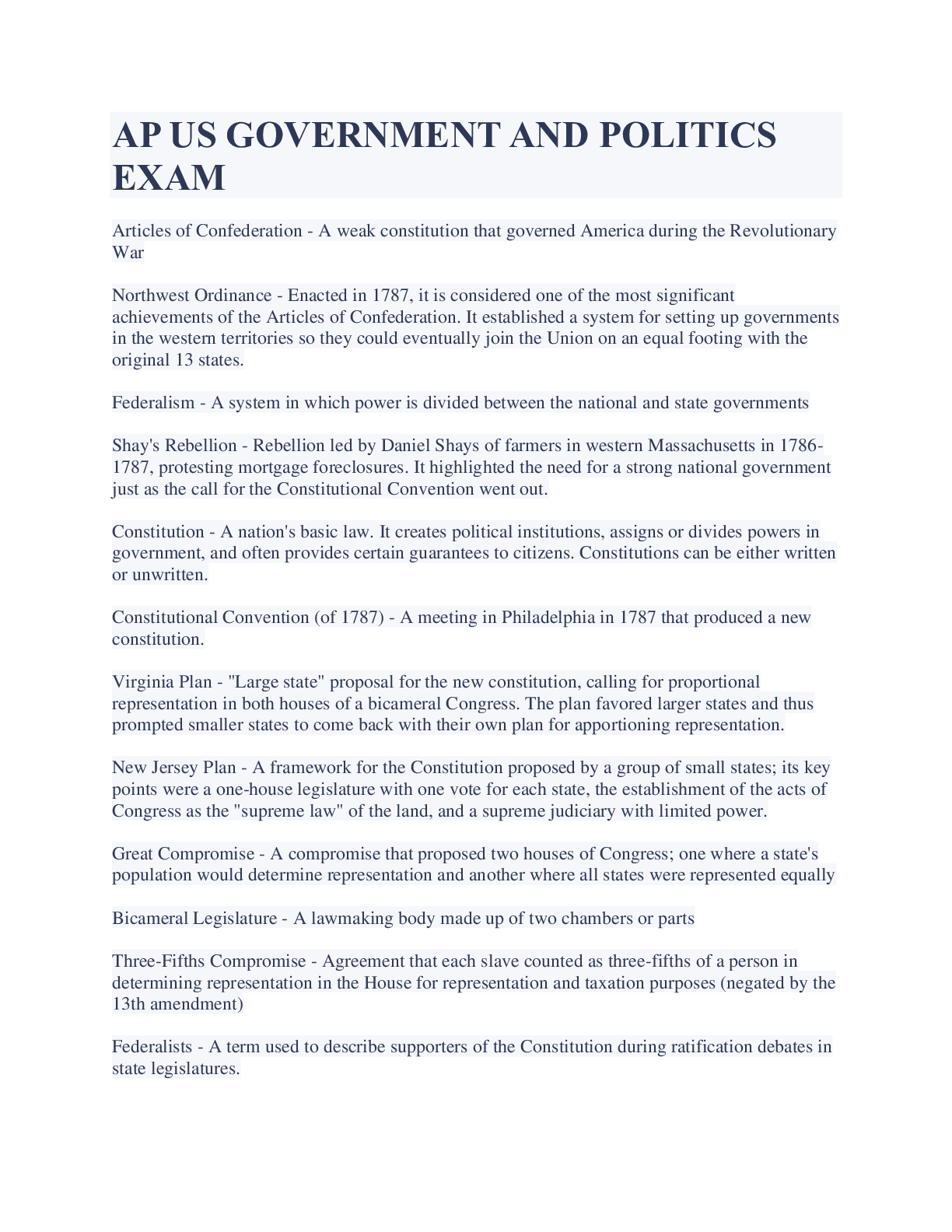
AP US GOVERNMENT AND POLITICS EXAM QUESTIONS AND ANSWERS VERIFIED A+



